Do you feel like there just isn’t enough time to plant your own tomatoes in the garden this season? Are you worried that it may already be too late for them to thrive? Well, worry not! Working through a reliable and meticulous workflow can provide valuable insight into when the ideal window of planting opportunity arrives so that you don’t have to compromise on an abundant crop harvest. With careful management, even those with busy schedules can ensure their homegrown tomatoes get off to an excellent start. While every region has different dates associated with its climate and sunlight variations, regarding disease risk factors and frost levels, understanding the essentials of annual gardening cycles is an essential step towards growing your best batch yet! In this post, we’ll take a look at all the important considerations surrounding tomato plants, prompting us to ask: when is it considered too late to plant tomatoes?
Which Tomatoes are Best to Grow?
Different tomatoes have different characteristics that make them better suited for certain climates and conditions. Before you decide which types of tomato to grow, you should consider the climate in your area, as well as how much time and effort you are willing to put into caring for, harvesting, and preserving the fruits. [1]
The two most popular tomato varieties are determinate (bush-type) and indeterminate (vining). Determinate tomatoes have a compact growth habit, and they are the best choice for gardeners with limited space. These varieties tend to produce their crops all at once, which makes them ideal for canning or preserving.
Beefsteak tomatoes are one of the most popular indeterminate varieties. They are large, juicy, and have an intense flavor that makes them perfect for slicing and eating fresh. Cherry, grape, and plum tomatoes are popular determinate varieties. These small tomatoes are sweet and perfect for snacking or adding to salads.
No matter which type of tomato you choose, be sure to give it plenty of sun and water throughout the growing season. Also, be sure to harvest your fruits at the peak of ripeness to get the best flavor from them. With proper care and attention, you can enjoy a bounty of fresh tomatoes from the comfort of your own home! [2]
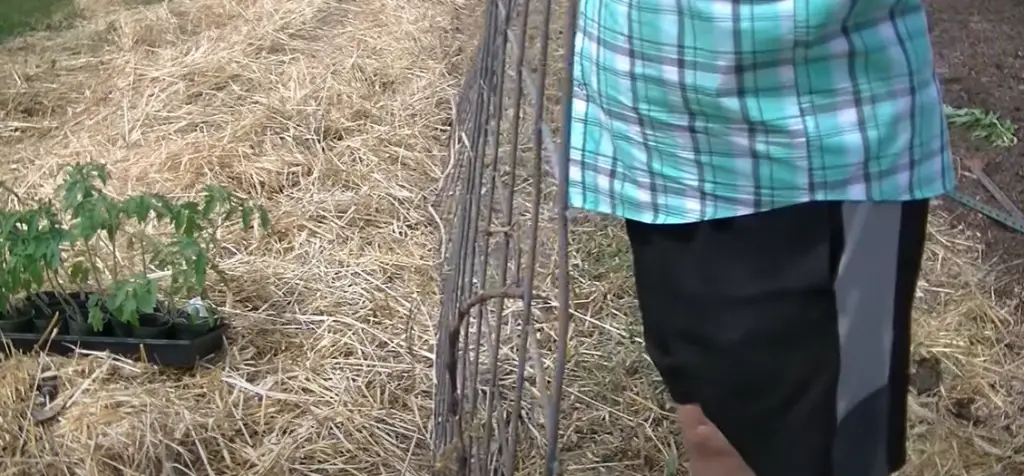
How to Find the Best Time to Plant Tomatoes?
When it comes to planting tomatoes, timing is everything. To get the most out of your tomato plants, you need to find the best time for planting in your area. [3]
1 Step: Know Your Climate
Knowing your local climate is the first step to finding the best time for planting tomatoes. In general, tomatoes are considered a warm-weather crop and do best when they’re planted after all danger of frost has passed. If you live in an area with mild winters, you can probably plant tomatoes as early as February or March. However, if you live in a cooler climate, you may need to wait until May or June.
2 Step: Plant at the Right Time
Once you know the best time for planting tomatoes in your area, be sure to plant them at the right time of day. Tomatoes prefer warm soil and full sun. It’s best to plant them in the early morning or late afternoon when temperatures are cooler, and avoid planting them during the middle of the day when temperatures can soar.
3 Step: Prepare Your Soil
Before planting your tomatoes, it’s important to prepare your soil properly. Tomatoes need well-draining, nutrient-rich soil for optimal health and growth. To ensure that your soil is up to par, mix in plenty of compost and organic matter before planting. This will help improve drainage and add essential nutrients to the soil.
4 Step: Plant in the Proper Spacing
Once you’ve prepared your soil, it’s time to plant your tomatoes. Make sure to space them out properly to give them room to grow. Depending on the variety, tomatoes need anywhere from 18-36 inches of space between each plant.
5 Step: Provide Support
Tomatoes are a vining plant, so they need some type of support as they grow. Stakes or cages are commonly used for this purpose. Place your stakes or cages in the ground before planting and train your tomato plants to climb as they grow.
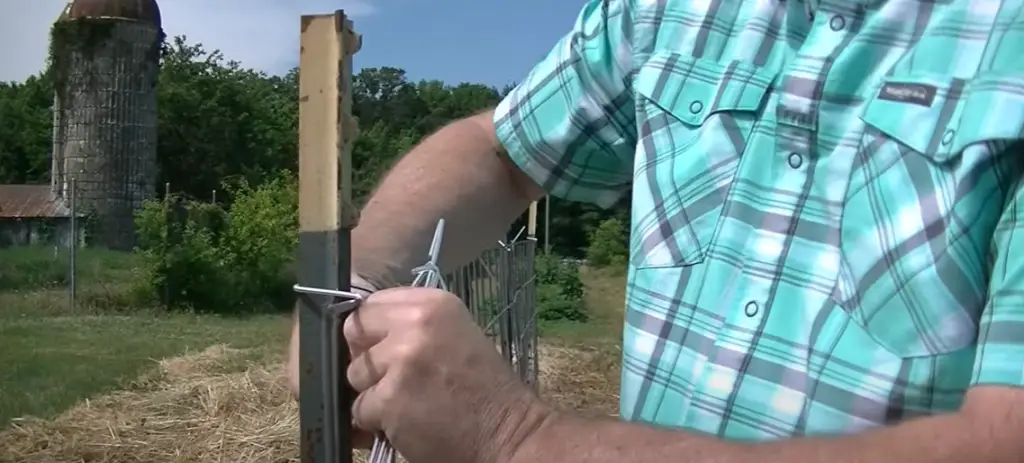
6 Step: Monitor for Pests & Diseases
Once your tomatoes are planted, it’s important to monitor them for pests and diseases. Tomatoes are prone to several different pests and diseases, so be sure to keep an eye out for any signs of trouble. If you spot anything suspicious, take action right away. Treating problems early can prevent serious damage from occurring.
By taking these steps, you can ensure that your tomatoes get off to a great start. With proper timing, soil preparation, and support, you’ll be able to enjoy delicious homegrown tomatoes in no time! [4]
How to Grow Sweet Tomatoes?
Growing sweet tomatoes is a great way to enjoy the flavor of summer all year long. [5]
- To get started, you will need to choose the right type of tomato plants for your garden. Popular varieties include cherry tomatoes, Roma tomatoes, and beefsteak tomatoes. Each variety has its own unique characteristics and flavor profile.
- Next, you’ll need to prepare your soil for planting. Make sure the soil is well-draining and has plenty of organic matter. If possible, incorporate a slow-release fertilizer into the soil at this time.
- Plant your tomato plants in an area that receives plenty of sunshine throughout the day. Tomatoes need at least 6 hours of direct sunlight each day in order to thrive.
- Mulch can help keep the soil moist and cool during hot days. Be sure to mulch around the stems of the tomato plants, but be careful not to pile it too high or it could cause disease or rot issues.
- Water your tomato plants regularly and consistently throughout the growing season. Tomatoes require 1-2 inches of water each week to stay healthy and produce sweet fruit.
- Keep an eye out for pests or disease and address them immediately if you find any. If possible, use natural methods such as companion planting or floating row covers instead of harsh chemicals.
Growing sweet tomatoes is a fun and rewarding experience that will bring joy to your garden. With the right care and attention, you should have large, juicy tomatoes in no time. Once harvested, try making some homemade tomato sauce or salsa to enjoy the fruits of your labor. [6]
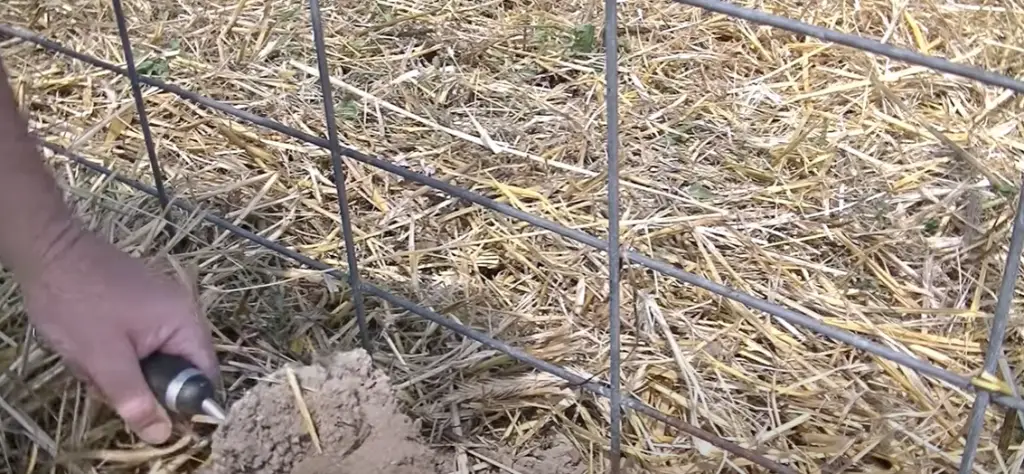
How to Care for Tomatoes?
Tomatoes are not only a delicious and versatile addition to any meal, but they are also relatively easy to take care of in the garden or indoors. Here are some tips on how you can make sure your tomatoes stay healthy and productive:
- Plant tomatoes in an area that gets at least 8 hours of sunlight each day. If planting outdoors, make sure the area is free of weeds and other plants that may compete for resources.
- Give your tomatoes plenty of water, but don’t overdo it. Too much water can lead to issues such as root rot or blossom-end rot. It’s best to give tomatoes a deep watering once a week rather than frequent shallow watering.
- Fertilize your tomatoes regularly, about once a month. Look for fertilizer specifically formulated for tomatoes or the vegetable garden in general.
- Prune away any dead, diseased, or damaged foliage from the tomato plants to keep them healthy and productive.
- Stake or cage each tomato plant to provide support as they grow and prevent damage from wind or rain.
- Monitor your plants for signs of pests or disease and take action as needed. Some common pests that can affect tomatoes are aphids, whiteflies, and tomato hornworms. A variety of diseases can also affect tomatoes such as early blight, late blight, and bacterial spot.
- Harvest regularly by picking ripe tomatoes when they are still firm and ripe, not over-ripe.
- Rotate the location of your tomatoes each year if possible, to prevent pest and disease issues from becoming chronic problems in a certain area.
- If growing tomatoes indoors, be sure to provide adequate light for them with either grow lights or plenty of natural sunlight. Tomatoes require at least 8 hours of light per day.
- Finally, enjoy the fruits of your labor! Tomatoes are a delicious and rewarding crop to grow, and with proper care you can have an abundance of fresh tomatoes all season long. [7]
How to Fertilize Tomatoes?
Fertilizing tomatoes is an important part of ensuring a successful harvest and healthy crop. When it comes to fertilizing tomatoes, there are a few basics that gardeners should keep in mind. [8]
First Steps
Prior to fertilizing, it is important to determine the nutrient needs of your particular soil. To do this, take a soil sample and have it tested. This will give you an idea of what fertilizer should be applied in order to ensure optimal growth for your tomatoes. Additionally, if the soil shows signs of deficiencies such as yellowing leaves or stunted growth, then applying a fertilizer is more likely to help.

Application
Once you have identified the nutrients your soil needs, it’s time to apply the fertilizer. For tomatoes, a balanced fertilizer that contains nitrogen, phosphorus and potassium is ideal. This can be applied by either side dressing or top dressing your tomato plants. Side dressing should be done by digging a small furrow around the base of the plant and applying the fertilizer. Top dressing is done by sprinkling the fertilizer on top of the soil, being careful to not get it directly on the plants.
Timing
It’s crucial to be mindful of when you apply your fertilizer. For tomatoes, fertilizing should occur at least once every two weeks. Make sure to monitor the growth of your tomatoes and adjust the frequency accordingly. Additionally, avoid fertilizing when it is very hot or dry outside as this can burn your plants.
Composting
Composting can be a great way to supplement your soil with nutrients. Compost adds organic matter and beneficial microorganisms to the soil which helps increase fertility and promote healthy growth for your tomatoes. You can make your own compost at home or find it at local garden stores. Be sure to spread it evenly around the base of your tomato plants in order to get the most benefit out of it.
Using Natural Fertilizers
Using natural fertilizers such as manure or compost tea is another way to promote healthy growth for your tomatoes. Manure should be applied to the soil, and compost tea can be sprayed directly onto the plants. Be sure to use caution when applying either of these fertilizers as they can burn the foliage if not used correctly. Additionally, it is important to use organic manure or compost that has been properly broken down before application. [9]
Tips to Protect Tomato From the Cold
Tomatoes are a warm-season crop and need temperatures of at least 16°C (60°F) to thrive. When the temperature drops below this, tomato plants can suffer frost damage or may die. To protect your tomatoes against cold weather, there are several steps you can take:
Mulching
Mulching around the base of your tomato plants can help insulate them against extreme temperatures. Use an organic material such as straw, wood chips, or hay to provide a layer of insulation for your tomatoes.
Cloches
Cloches are small plastic or glass covers that can be placed over individual plants to protect them from the cold. They allow light and air to reach the plant, but can help to retain heat in cooler temperatures.
Row Covers
Row covers are a great way to protect tomatoes from frost. They can be placed over rows of plants and secured into place with stakes or supports. They provide an insulating layer of protection against cold temperatures while still allowing light and air to get to the plants underneath.
Hot Caps
Hot caps can be placed directly over individual plants to provide a layer of insulation against cold temperatures. They are made of plastic and come in various sizes, so you can choose the size that best fits your tomato plant. Make sure to secure them firmly in place with stakes or supports. [10]

What Diseases Can Tomatoes Get?
Tomatoes are susceptible to a variety of diseases, including early blight, late blight, leaf spot diseases, bacterial speck and spots, fusarium wilt and verticillium wilt.
- Early blight is caused by a fungus that can destroy the entire plant if left untreated. It is characterized by circular lesions on lower leaves that eventually spread up the plant. The lesions are tan in color with a dark border.
- Late blight is caused by a water mold that results in large, dark spots on the leaves and stems of the plant. It can cause entire plants to wilt and die within days.
- Leaf spot diseases are caused by various fungi and bacteria which result in small, circular spots appearing on the leaves of the tomato plant. These spots can turn tan, gray or brown in color and expand until they cover the entire leaf.
- Bacterial speck and spots are caused by a bacterium that causes small, dark spots on the stems and leaves of the tomato plants. The spots may eventually form scabs on the fruit as well.
- Fusarium wilt is caused by a soil-borne fungus that can cause entire plants to wilt and die quickly. It most commonly affects older tomato plants, but can affect younger ones as well.
- Verticillium wilt is also caused by a soil-borne fungus which results in symptoms similar to those of Fusarium wilt. The leaves at the bottom of the plant will wilt and turn yellow, then move up the stem as the disease progresses. [11]
FAQs
What is the latest you can plant tomatoes?
The best time to plant tomatoes is in the late spring, when temperatures are warm and frost danger has passed. Planting too late can result in a smaller harvest due to excess heat and lack of adequate water. Always make sure to check your local weather forecast before planting.
When should you stop tomato plants growing?
In general, most varieties of tomatoes should be harvested when their fruit has fully ripened and before frost hits in late fall or early winter. For determinate varieties, which have a limited height and width, you can also prune back the plant to promote more concentrated fruit growth and limit the vines’ height.
In hotter climates, where temperatures can get very high, tomatoes may need to be harvested sooner in order to prevent sunburn or cracking of their skin. If tomatoes are left on the vine too long they will shrivel up and become less flavorful. If you’re looking for a sweeter taste, harvest tomatoes when they are still slightly firm and allow them to ripen off the vine.
What to do with tomatoes at the end of season?
Here are some ideas for making the most of them:
- Freeze them: Cutting out any bad spots and blanching in boiling water will help preserve their freshness. Afterwards, you can store them in plastic containers with a tight lid, or even Ziplock bags.
- Make tomato sauce: Whether you’re making a basic marinara or a more complex bolognese, tomatoes make great sauces for pasta, pizza and casseroles. You can freeze the extra sauce to use later.
- Can them: If you have access to canning equipment, tomatoes can be canned for shelf-stable storage. This is a great way to store your tomatoes and enjoy them even when they’re out of season.
- Dry them: Another option for preservation is to dry the tomatoes in an oven or food dehydrator. Once dried, you can store them in airtight containers and use them to add flavor to your cooking.
What happens if you cut the top off a tomato plant?
If you cut the top off a tomato plant, it will not produce any more fruit. The act of cutting off the top stimulates new growth at the base of the plant, however, these fruits are usually smaller and lower in quality than those produced before pruning. Additionally, by removing the top portion of the plant you reduce its ability to photosynthesize and thus its overall productivity. Therefore, if you are looking to harvest more high-quality tomatoes, it is recommended that pruning be done sparingly and with caution.
Useful Video: Tomatoes Test | How LATE is LATE Planting How to in The Garden
Conclusion
Overall, when it comes to planting tomatoes, there are no hard and fast rules. It really depends on the region you live in and what your growing season looks like. However, it’s generally safe to assume that if you want the best chance of success with producing a healthy crop of tomatoes, getting them in the ground before July is ideal. It is also important to pay attention to your local weather forecast for frost warnings and nighttime temperatures; plants are generally unable to tolerate those conditions as they enter their late stages of development. Lastly, gardeners in colder regions can use season extensions like row covers or hot beds to get an earlier start or a longer season for their tomato crop. With thoughtful planning and a bit of luck, gardeners everywhere can enjoy the bounty of beautiful tomato crops leaves behind!
References:
- https://www.homesandgardens.com/gardens/tomato-varieties
- https://www.bhg.com/types-of-tomatoes-7104391
- https://www.homesandgardens.com/gardens/when-to-plant-tomatoes
- https://gardenerspath.com/plants/vegetables/planting-time-tomatoes/
- https://gardenerspath.com/plants/vegetables/grow-sweeter-tomatoes/
- https://www.gardeningknowhow.com/edible/vegetables/tomato/tomato-sweetening-tips.htm
- https://www.southernliving.com/garden/growing-tomatoes
- https://www.bhg.com/how-to-fertilize-tomatoes-7369776
- https://www.thespruce.com/guide-to-fertilizing-tomatoes-7151680
- https://www.redding.com/story/life/2021/09/30/how-protect-tomatoes-fall-frost/5901501001/
- https://www.bhg.com/gardening/vegetable/vegetables/tomato-plant-diseases/





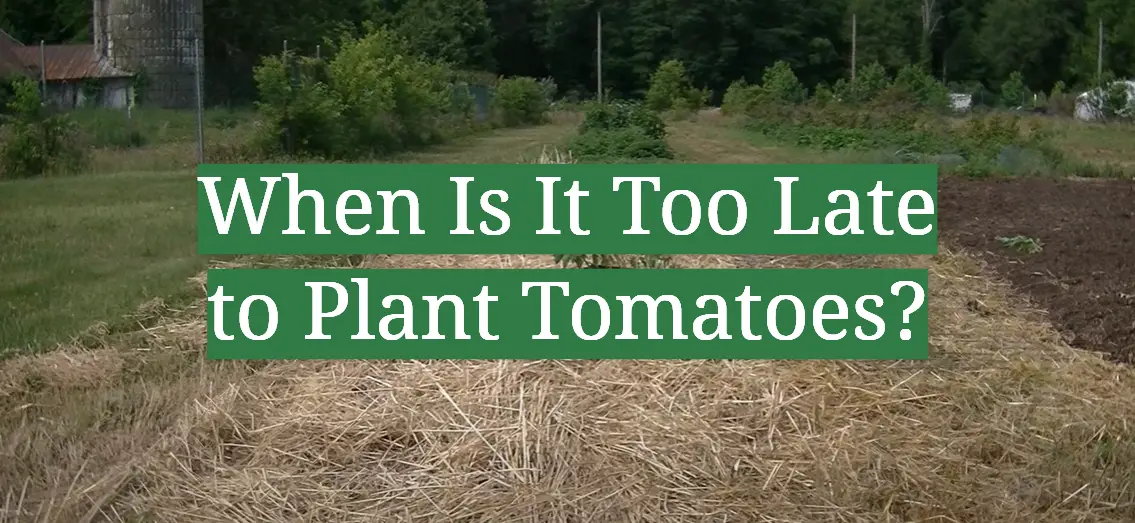
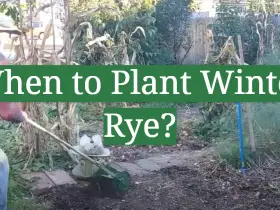

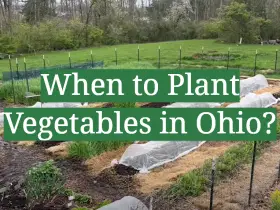
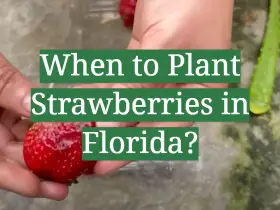
Leave a Reply
View Comments